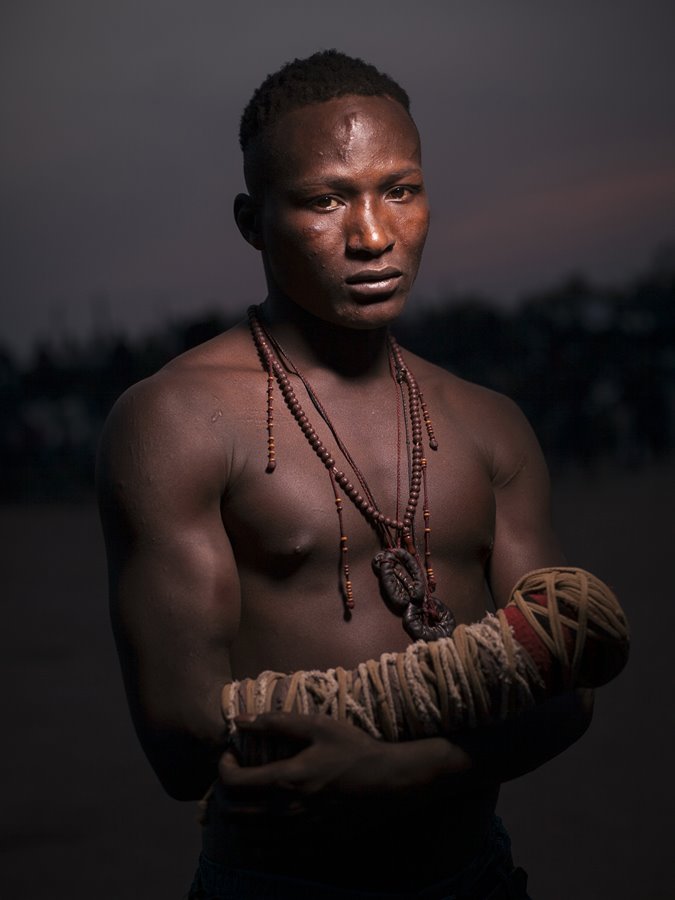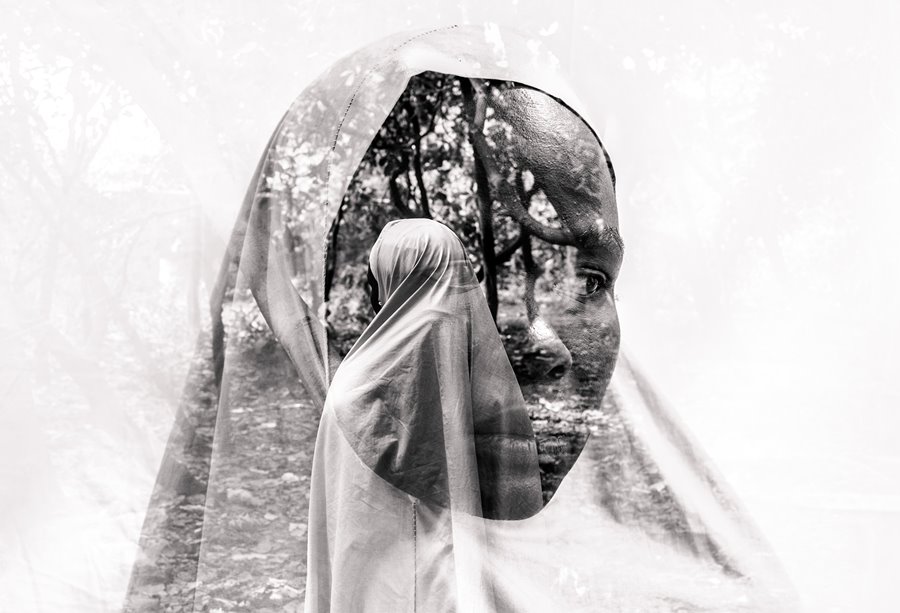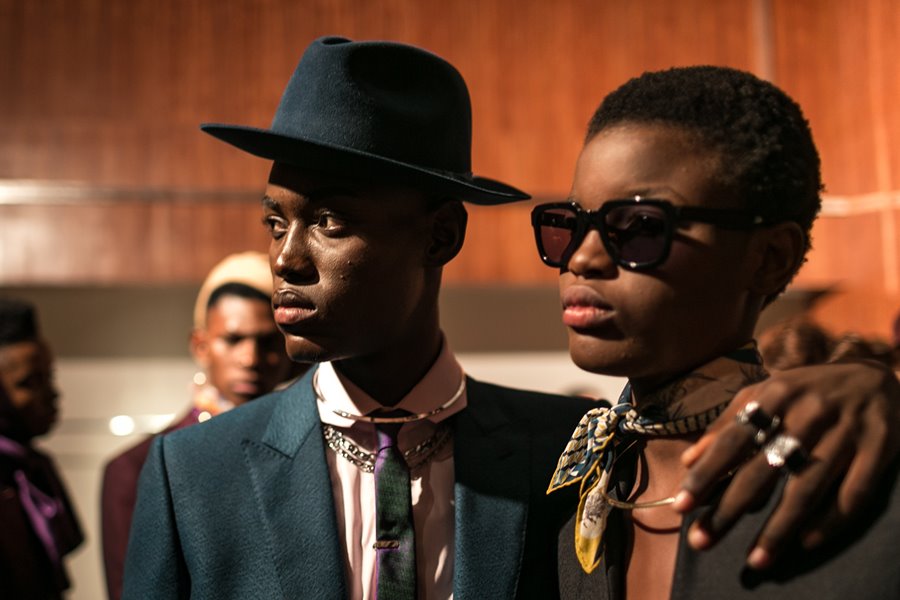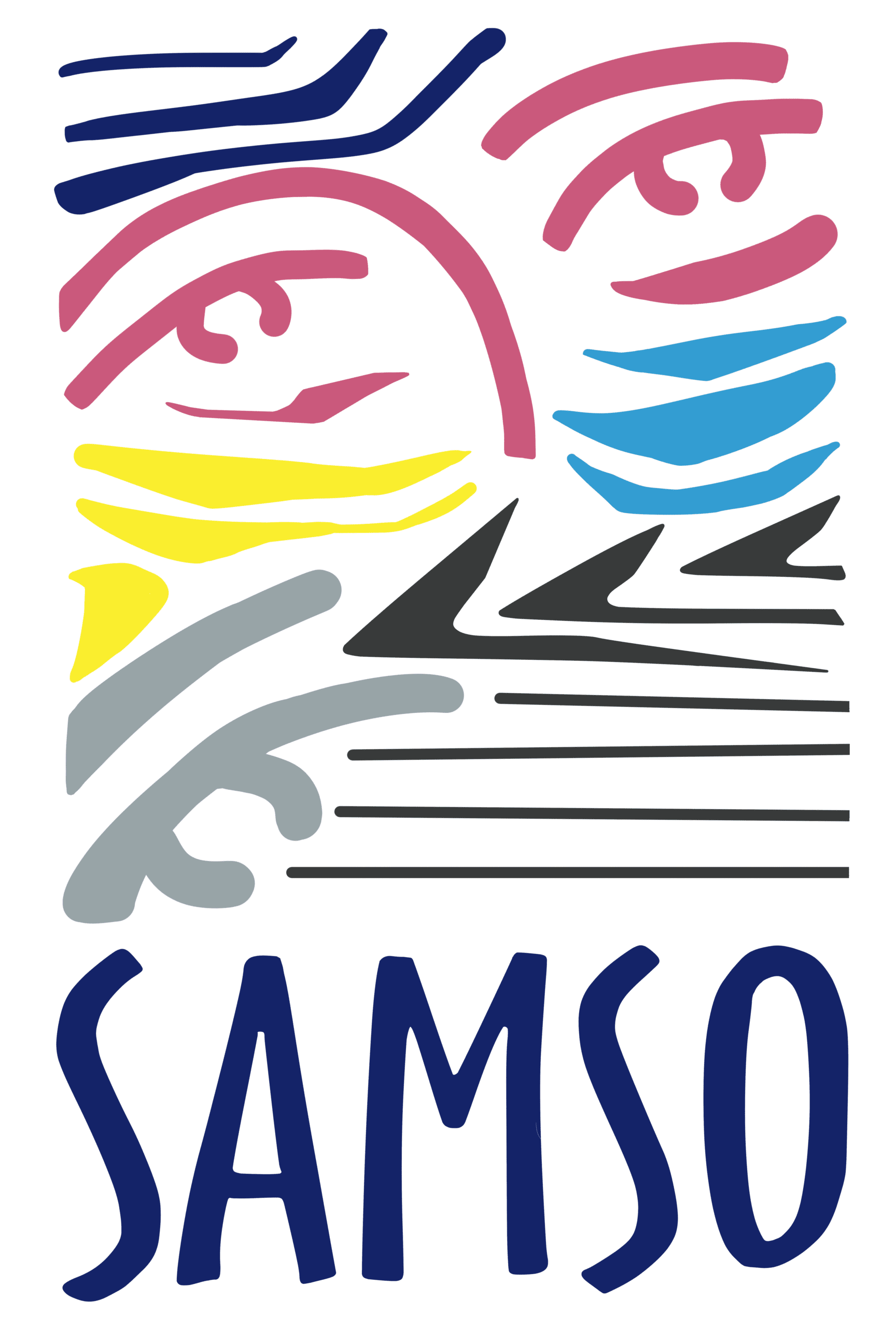Portfolio reviews

Coming soon! Tsvangirayi Mukwazhi, WPPh Judge will be assisting photojournalists to sharpen up their skills for competition entries.
How to enter World Press Photo

The 2025 World Press Photo Contest is open for entries until 10 January 2025, 13.00 CET. To enter the contest, follow these steps or enter now. Now closed. Information for 2026 coming soon!
What are the main changes to the 2025 Contest?
With the 2025 World Press Photo Contest, there have been changes to the categories, prizes and regions in the new contest model. You can read more about the changes in this article.
Where is the Open Format Category?
We have made the difficult decision to remove the Open Format Category from the 2025 World Press Photo Contest. You can read more about our decision in this article.
Why are there no Honorable Mentions?
With the 2025 World Press Photo Contest there will no longer be “honorable mentions” awarded. We saw that projects awarded by the jury as honorable mentions had the same high standards and excellence as other winners, so there is no need for a separate distinction.
Why are there three winners per category but no 1st, 2nd and 3rd prizes?
All winners in the regional model of the World Press Photo Contest are treated equally. We do not ask the jury to award 1st, 2nd and 3rd prizes because there are many elements that go into a winning story that are incomparable to others.
How does the regional contest model work?
The 2025 World Press Photo Contest adopts a regional approach, dividing the world into six global regions. During the entry process, entrants need to indicate the country/countries in which their work was shot. They don’t need to place your work into the region themselves, it will be sorted into the relevant region ahead of the judging process. Find out more about the regions here and the judging process here.
Why are there six regions?
The six regions were chosen with the aim of increasing diversity whilst keeping each region a manageable size. We do recognize, however, that no grouping is perfect. See the full list of regions here.
What if my series was shot in multiple regions?
Entries will be judged in the region in which they have been taken. If an entry includes photographs taken in different regions the following guidelines apply:
- If a majority of images are from one region, then the project will automatically be placed into the region where most photographs have been taken.
- If there is no clear majority of photographs taken in one region, then please indicate the region that you prefer to have your entry judged in when entering your work on Picter.
Please see a full list of which countries fall into which region here.
Could an artificially-generated image win in the World Press Photo Contest?
No. The use of generative fill or fully generated images is prohibited.
Why should I enter the contest?
Entering the World Press Photo Contest is free and open to all professional photographers working in the field of photojournalism and/or documentary photography.
As a winner, your work will be:
- Included in our annual traveling exhibition shown around the world in over 80 cities
- Published on our website and social platforms with over 2 million followers
- Included in our annual Yearbook with a distribution of over 30,000 copies
You will also receive:
- €1,000 for each of the 42 regional winners and an additional €10,000 for the winner of the World Press Photo of the Year
- Three FUJIFILM GFX camera and lenses will be awarded to the Photo of the Year winner and two runners up
- An invitation to a winners’ event in Amsterdam
- A physical award
Find out more about prizes here.
Who can enter?
The World Press Photo contest is open to professional photographers working in the field of journalism and/or documentary photography. You do not need to have a press card, but you do have to provide a document with a valid date that confirms your current professional status. We accept a range of different documents because we recognize “professional” is a broad term. Read more about what we accept as proof in our entry rules.
How does the judging work?
The winners are chosen by regional and global juries. Regional juries, made up of five professionals from and/or working in that region, will first prepare a selection of entries per region. From this selection, a global jury, made up of the six regional jury chairs and the global jury chair, will then award the winners. Read more about the judging process.
Why do we provide information about the photographers to the jury?
To truly be representative of the world, it is key that a percentage of photographers are local to the region they are photographing in. Both local and external viewpoints are valuable, but we need to ensure a balance between the two.
Therefore, we provide the jury with a limited amount of information about the photographer, to tackle the issues of regional and gender representation. At no point in the judging process will the photographer’s name be disclosed.
We feel this process is fair and effective, resulting in a better selection of winning images while improving the balance of diversity across them. Read more about the judging process and representation in the 2025 Contest.
What information about the photographer will be shared with the jury?
To ensure that judging is as fair and efficient as possible, the following information will be given in the respective rounds:
Round 1: No photographer information given.
This is to ensure that the entries progressing to Round 2 are selected for their visual quality.
From Round 2 onwards: The photographer’s nationality, where they are based, gender, title of the work and short caption will be provided.
From Round 3 onwards: The longer caption will be provided.
From Round 4 onwards: additional information relating to how and why the story was made, such as motivation, the type of project (assignment/personal project) and funding will be provided.
During the judging process we only share the information listed above with the jury. We will not share the photographer’s name or any other personal information.
Why don’t regional juries pick the regional winners?
Our aim is to ensure our winners showcase a selection of stories and images that are balanced across the world, for everyone in the world. If the regional juries were to pick the regional winners, there is a risk that each jury would pick photos that are too similar across regions, or that don’t capture a diverse range of stories across regions.
For example, for this year we might imagine that forest fire images could be picked for every continent – which is important but this means another type of story is left out. For this reason, the global jury will pick the winners of the contest and the World Press Photo of the Year.
How many winners will there be?
There will be 42 winners; three Singles winners, three Stories winners and one Long-Term Projects winner per region. Out of the 42 winning entries, the global jury will choose the World Press Photo of the Year.
—
Entries for the 2025 World Press Photo Contest are now closed. To hear who wins, where you can see the exhibitions and more, sign up for our newsletter.
African Photojournalism Database
A directory of emerging and professional African visual storytellers
African Photojournalism Database
See list of members
The African Photojournalism Database (APJD) is a directory of emerging and professional African visual journalists reporting on cultural, economic, environmental, political and social issues on the continent, as well as sports, nature, and stories of everyday life. There are over 500 photographers currently listed on the database. See the list of members.
The African Photojournalism Database is a joint project of the World Press Photo Foundation and Everyday Africa, launched in August 2016. It was created to help photographers and visual journalists better connect to the international media economy. It also helps international media better understand the issues and projects that you as African visual journalists consider important and have covered.



Access the Database
If you are an editor, photo editor, creative director, NGO, or someone who wants to hire photographers from the African continent, please reach out to the APJD team to gain access to the professional database.
Join the APJD
The APJD is open to African news photographers, photojournalists and documentary photographers who meet the following criteria:
- You are a national of one of the 55 African countries.
- You report on either cultural, economic, environmental, political and social issues; sports or nature stories; or the photography of daily life.
- You have a working website, Instagram or Facebook page with some recent work.
If you meet the criteria you will be invited to create a profile on the public database which is on Blink, a real-time location platform connecting freelancers to media companies that want to tell stories.
Membership has various benefits:
- Wider exposure via the World Press Photo Foundation and Everyday Africa’s social platforms, including regular Instagram features.
- Features on the Four to Follow series on Witness, World Press Photo’s online magazine.
- Professional opportunities through the project’s partnership with Blink.
- Connect with fellow storytellers from across the continent.
- Receive a regular newsletter with useful resources, grant opportunities, news, and events.
Register here to become a member
Please note, new submissions will be reviewed on a monthly basis. We will only contact you if your membership application has been successful. If you have any questions, please contact us at apjd@worldpressphoto.org.
Four to Follow
See the series on Witness
An APJD exhibition
‘Through the Lens of’
Images credits (top to bottom, left to right): Jodi Windvogel, Ayobami Ogungbe, Etinosa Yvonne, Leke Alabi Isama, Eman Helal, Yassine Alaoui Ismaili (Yoriyas).
